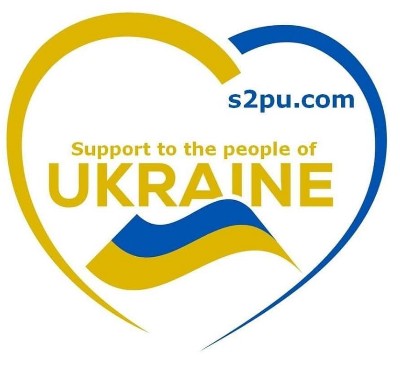Why do we accept
war zone among children ?
Usually they ask for presents. But the last few times, they’ve simply asked for peace.
When the war between russian and the government in Kyiv broke out in the winter of 2014, the schools in East Ukraine found themselves on the front line: targeted by rockets and occupied by armed forces, they have also served as a temporary shelter for residents and a refuge for those displaced by the conflict.
More than 250,000 children and adolescents live in this region and in loyalist territory. Nearly 55,000 of them live in direct proximity to the extremely volatile 470-kilometre “contact line” that runs between the territories, where incidents of violence continue to occur almost daily despite ceasefire agreements.
The first two years of the conflict were the most difficult. The years 2014 and 2015 saw intense fighting that damaged buildings and roads and forced thousands of people to flee. The land remains visibly scarred and littered with landmines and other explosive devices. After being suspended for several weeks, classes eventually resumed; but in 2018, this generation of children growing up in wartime has had to learn to live with trauma and danger that are never far away. Keeping schools safe is a big challenge because parents must overcome their fears of danger so as not to deprive children of their right to education.
Every time a siren sounded during the school day in Popasna, the students knew that they had to get to the basement of the building as quickly as possible, to a shelter constructed during the Soviet era for the event of a nuclear attack. Many have traumatic memories from that time.
With death toll of more than 13,000 and a disastrous impact on the local economy, the war has also severely impacted families. Poverty in the area has increased by 72 per cent. “The problems affecting low-income families have increased significantly with the conflict. In the territories no longer controlled by the government, the majority of vulnerable children depend on humanitarian aid. And the country remains relatively poor,” says Zietek.
According to UN estimates, more than 3.4 million people in the region rely on humanitarian assistance to meet the basic needs of food and medical care.
The OSCE Special Monitoring Mission (SMM) to Ukraine says that 23 children have been injured or killed in the war in Donbas, eastern Ukraine, in 2018 alone. "The OSCE SMM is saddened by the news that three children were killed and two injured this weekend in eastern Ukraine. At least 23 kids already injured/killed in 2018 alone. Children continue to be the victims of the ongoing conflict," the OSCE SMM tweeted on October 1.
In 2016, against all odds, the Donetsk region rose significantly in national school rankings. “I don’t think that it will be a lost generation. Attitudes are changing very quickly. The young people that I’ve met are intelligent, educated and patriotic. They will be the leaders of tomorrow. But we can’t forget the children on the other side. We have to maintain exchanges and contacts between schoolchildren,” adds Oksenchuk.
She emotionally recalls an event for St. Nicholas’ Day (the equivalent of Father Christmas bringing gifts in December) where thousands of children wrote letters to St. Nicholas. “Usually they ask for presents. But the last few times, they’ve simply asked for peace.”
(Photo above: Reuters)

The responsibility belongs to the world leaders
We welcome our leaders to sit down and talk what is best for all our children. It is yours and mine children and grandchildren and you have the responsebility to make peace. That the only thing they ask for, also for christmas. Then we all know what to do. Sit down and make peace. The children are small good people !
Welcome to the S2PU PeaceConference 2020
Co-founder
Per-Kaare
